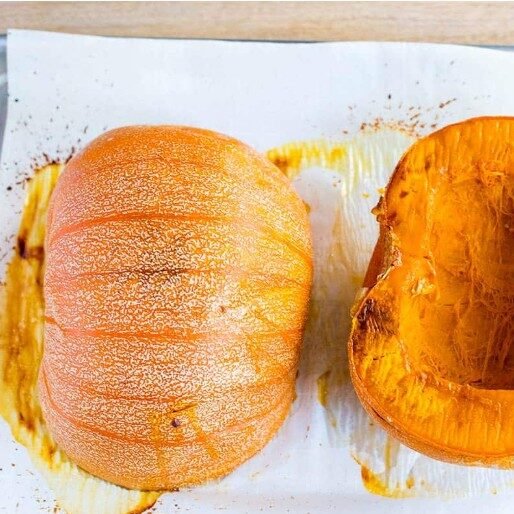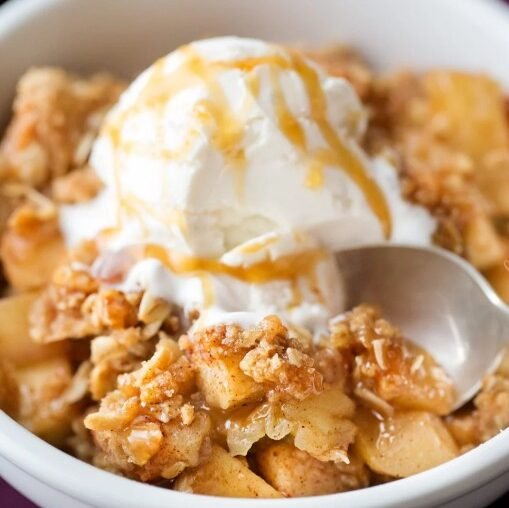
- Our Farm is Tobacco, Vape + Cannabis Free
- My Account
- Curbside Pick-up

Blueberry bushes can be easily transported due to being container grown. Care should be taken to avoid an extended period of exposure to the sun in an auto or confined in a hot truck. If transporting by pick-up truck, they should be covered to avoid the wind from drying out the branches. Bushes should be immediately removed from the vehicle and placed in a cool shady place. Give them a nice drink of water.
Bushes can remain in their containers for up to six months. They are in a peat moss/perlite mixture that dries out rapidly. Watering should be regular and often. Check by lifting the pot. A wet pot will be heavy. If the pot is very dry you may have to set it in a bucket of water for a few hours. Blueberry bushes like a lot of water, but they don’t like to stand in it long.
Bushes require full to ¾ sun and should be away from house eaves or roadways. Blueberries grow best in acidic soil that contains a good supply of organic matter. A soil pH range of 4.7 – 5.2 is best. Ideal blueberry soil is fertile, has a plentiful water supply and is well drained. Open, porous soils such as sand-peat combined with a mixture of loam has been found to be best. Blueberries are related to Azaleas, Rhododendrons and Laurel. If you have success with these plants, you should be successful growing blueberries as well. Clay soil will not grow blueberries, mainly because of the drainage factor. Do not fertilize, summer is too late in the growing season to feed the bush any more nitrogen.
If you do not have the proper conditions for growing blueberries, you can create a miniature blueberry environment. Cut a clean 55-gallon drum in half. Make multiple drainage holes in the bottom. Dig a hole the size of half the drum. Place the drum in the hole. You now have, in effect, an in ground pot. Mix ½ peat moss and ½ sand in the drum. Presto! You now have an ideal blueberry soil for one bush.
The best time is spring or fall, but bushes may be planted any time the ground is not frozen. Remove the bush from the pot and place it in the soil at the same soil line as in the pot. Variation either way (too deep or too shallow) can cause death. Water well to set the bush. Again, do not fertilize. Since the bush was container grown, it can be planted at any time. Do not remove any branches at this time, unless some were injured during transporting. Plants begin producing in a small way the year after planting. It is advisable to remove any flowers the year of planting, in order to encourage bush establishment. Full production can be reached in 5 – 7 years.
After the bush reaches a height of three feet, pruning should begin. While the plant is dormant, remove the oldest stems at the base of the bush. 25% to 30% of the bush should be taken to allow regeneration of the bush through the growth of vigorous new shoots. The roots and crown of the bush will age yearly, but no branches of the bush should ever be more than five or six years old.
The best time for fertilizing is early spring, when the first hint of green shows on the bush. Blueberries usually only require nitrogen. Their favourite is the ammonium formulation, so either ammonium sulphate or urea should be used. The rate for mature bushes is 0.33 lb per bush of ammonium sulphate, or 0.25 lb per bush of urea. Young bushes should get 50% the mature rate. Do not over fertilize!! The major cause of death is over fertilization. An improper dose will ensure death. One application per year is sufficient. On light soil, however, a split application may be made one month apart. In other words, apply one half the normal rate each time.
Blueberries are not as susceptible to diseases and insects as other fruits. If bugs or worms are found on berries, use a mild spray or garden insecticide. Please use these wisely and use them only if you have a problem. If you only have one or two bushes, the best weed control is a hoe.
Depending on your area, measures may need to be taken to keep rabbits, birds or neighbours away from your bushes. In winter, rabbits will feed on the small branches above the snow line and can do a lot of damage. A small wire fence works well. Birds can be kept off by using a net over the bushes when the berries first start to turn red. For neighbours that are blueberry lovers, show them how they can have friendly production contests or direct them to Barrie Hill Farms!!
Your bush should produce a small crop the second year and then gradually increase to produce 6 to 10 pounds per bush. Pick the berries when about 40% to 50% are ripe on the bush. Sample a few first to check for ripeness. Blue does not always mean sweet. Blueberries can remain on the bush for 7 to 1 days before falling on the ground.

Barrie Hill Farms is a second generation family farm, owned and operated by the Gervais Family, that grows over 200 acres of fruit and vegetables.




No spam, notifications only about new products, updates.
Sign up for our newsletter to receive updates on all Barrie Hill Farms operations including new produce in stock, recipes, upcoming events and more!
Barrie Hill Farms is a second generation family farm, owned and operated by the Gervais Family. We grow over 200 acres of fruits and vegetables.
Thank you for picking local food and keeping Ontario green!
Barrie Hill Farms
2935 Barrie Hill Rd.
Springwater, ON L9X 1S8
Barrie Hill Farms, and the Barrie Hill Farms logo are registered trademarks of Barrie Hill Farms Inc., Any duplication in whole or in part of this website is strictly prohibited. The CODO SECURE, VISA, MASTERCARD, AMEX (American Express), Interac and Interac E-Transfer logo are registered trademarks not associated with Barrie Hill Farms. Use of these logos is for verification purposes only.
